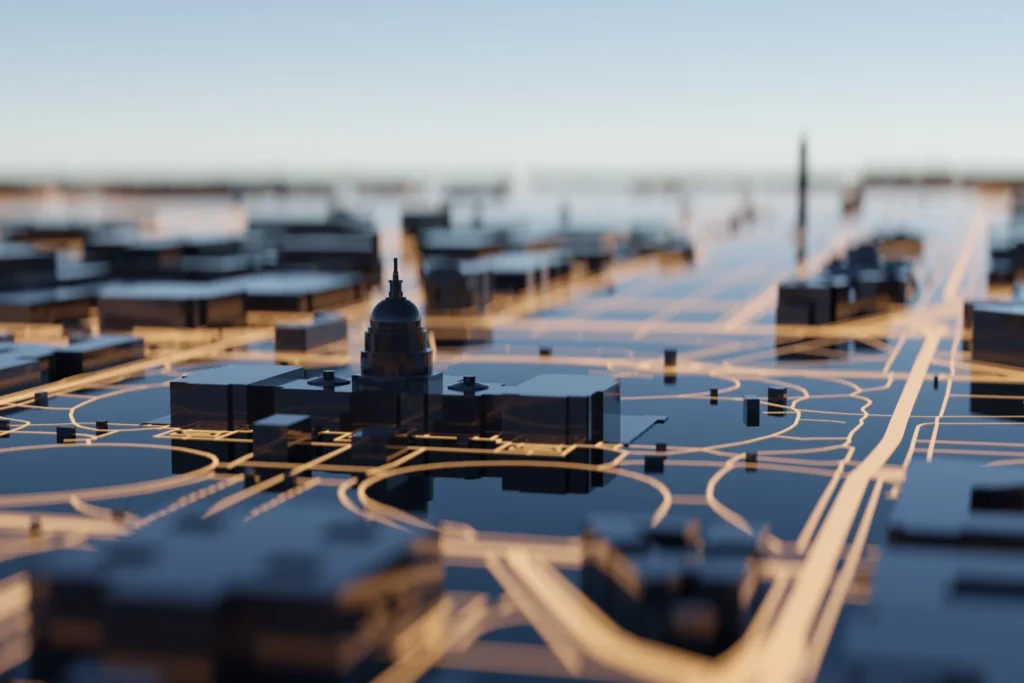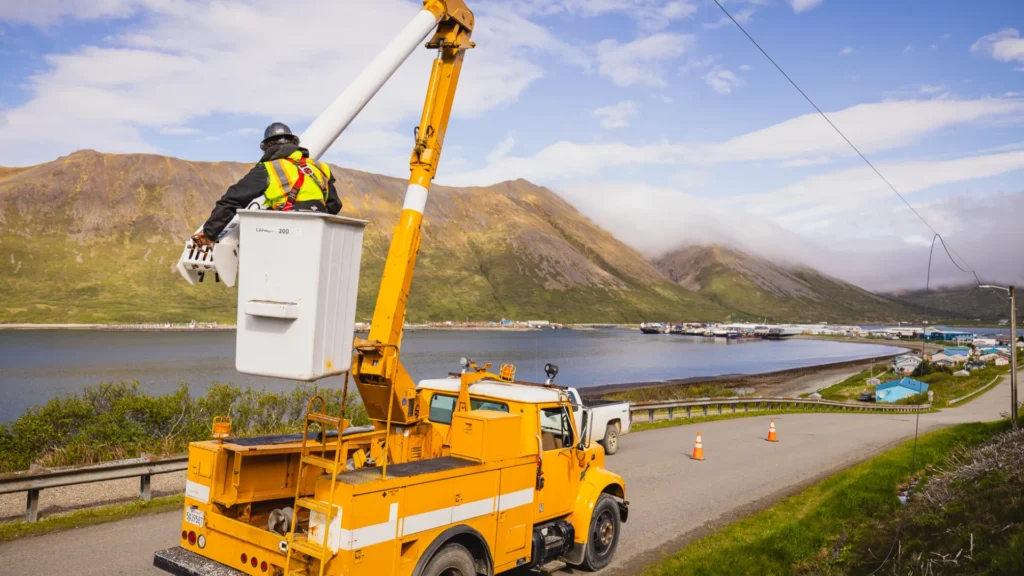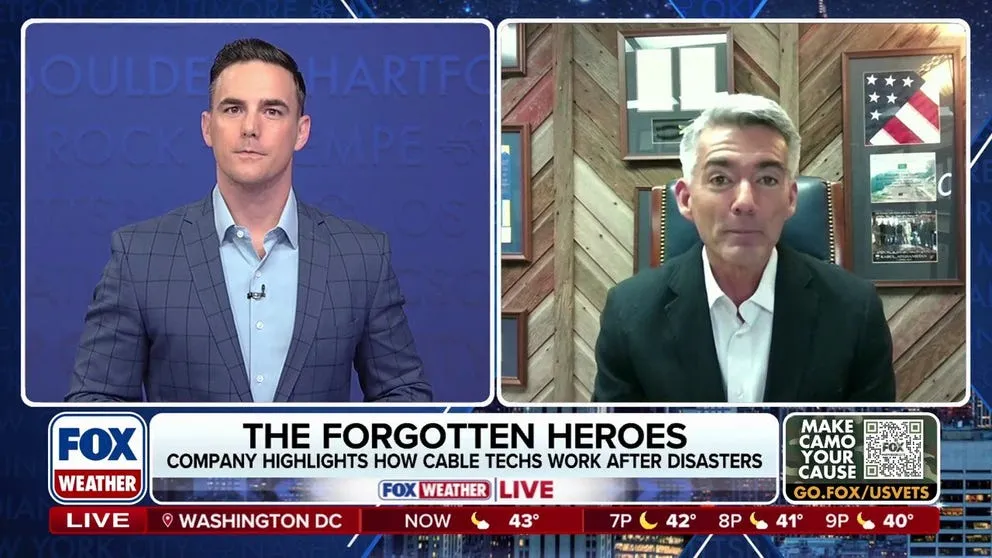1
%
MODEMS, ROUTERS, AND INTERNET EQUIPMENT IN THE U.S. MEET ENERGY-EFFICIENCY STANDARDS
Home / Sustainability
Disney aims to achieve Net Zero by 2030, Cox is aiming for 2034 for their carbon neutrality goal, and Charter and Comcast have each set a target to achieve carbon neutrality by 2035. Paramount has committed to reduce emissions by 50% by 2030.
The NBCUniversal Sustainable Production Program uses lower-emission fuels and electric vehicles and reduces waste through reuse, recycling, and composting. Disney and Paramount productions reduce emissions by replacing the diesel generators and instead tying into the grid or using battery electric while on location.
Industry-led voluntary energy efficiency agreements for set-top boxes have eliminated 78 M metric tons of CO2 emissions, the equivalent of removing 17.5 million cars from the road for a year. In 2022 alone, this industry-wide effort has saved consumers $3 billion in annual energy costs.
More than 98% of new modems, routers, and other internet equipment purchased and sold in 2021 met targeted energy efficiency levels, with energy usage held steady even as average broadband speeds increased by 27%.
Cable providers are improving their fleet efficiency through technology both in vehicles and in routing. Comcast reduced fleet emissions by nearly 9.5 million gallons of fuel since 2019, avoiding 81,000 metric tons of greenhouse gas emissions. Charter’s 2022 fleet efficiency efforts equated to a reduction of approximately 6,000 metric tons of CO2. Cox is replacing conventional vehicles with electric vehicles in each of its divisions.
Cox Communications has achieved its zero-waste-to-landfill goal by 2024, two years ahead of schedule, with 580 million pounds of landfill waste avoided since 2013.
Industry Efforts for Sustainability: Driving a greener future.
MODEMS, ROUTERS, AND INTERNET EQUIPMENT IN THE U.S. MEET ENERGY-EFFICIENCY STANDARDS
SAVED ON ENERGY BILLS WITH ENERGY-EFFICIENT SET-TOP BOXES SINCE 2018
No Data Found
SAVED IN ENERGY COSTS SINCE 2012 FROM VOLUNTARY ENERGY STANDARDS FOR VIDEO EQUIPMENT
No Data Found
METRIC TONS OF CO2 HAVE BEEN SAVED DUE TO ENERGY-EFFICIENT VIDEO EQUIPMENT SINCE 2012
Source: D+R International
Explore our exclusive articles and multimedia.







